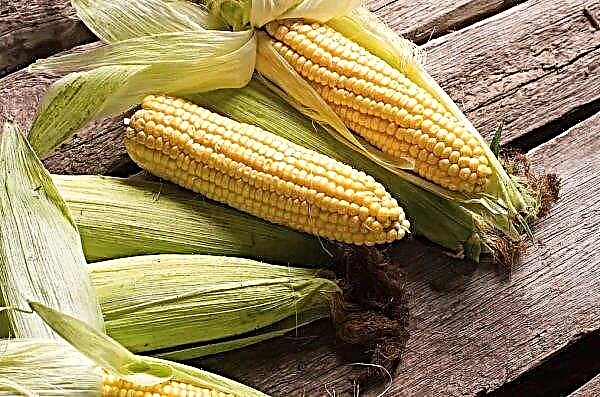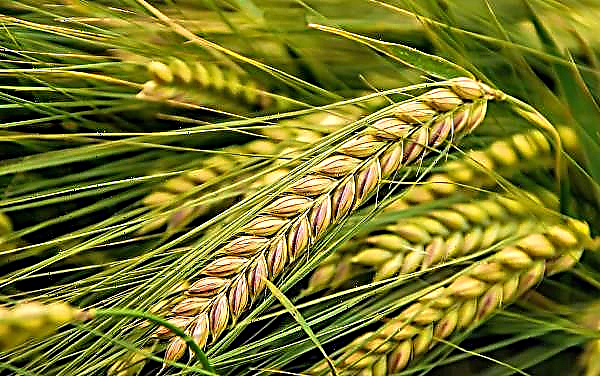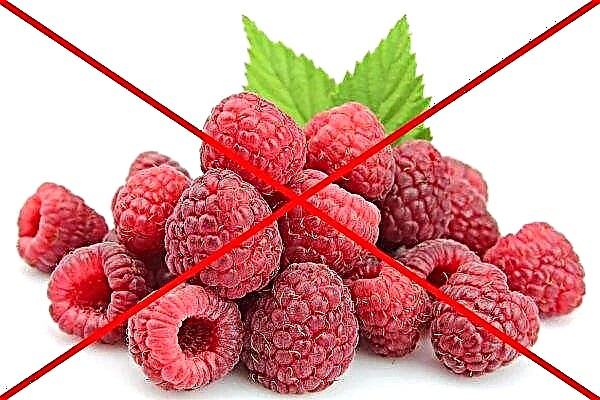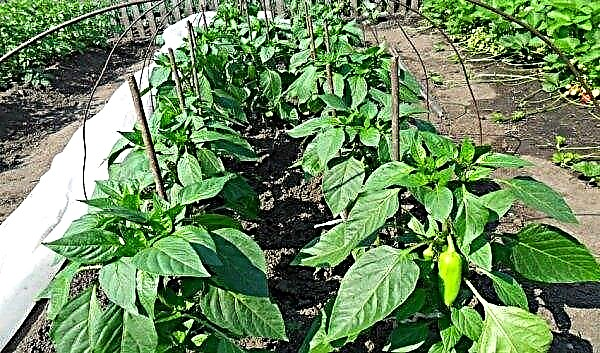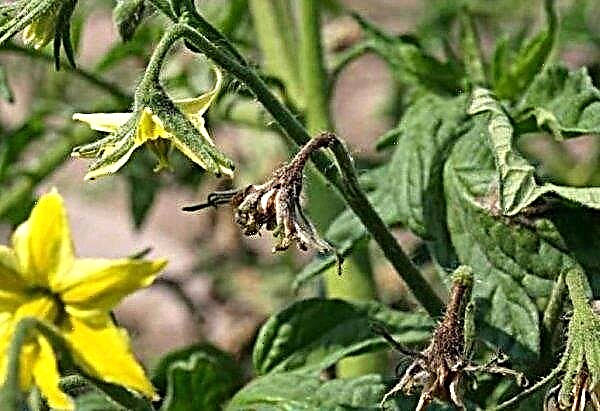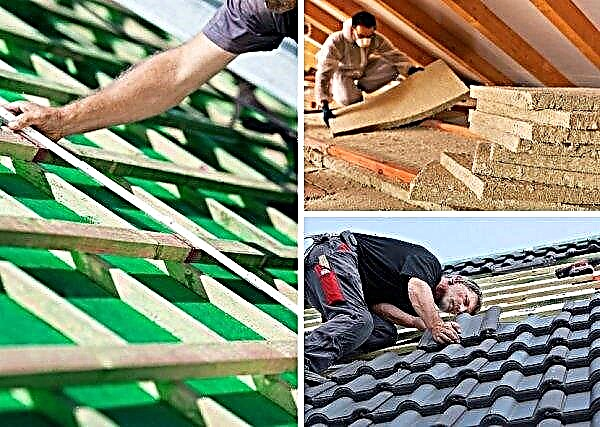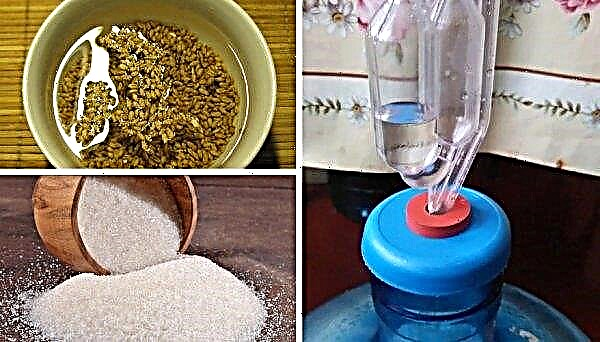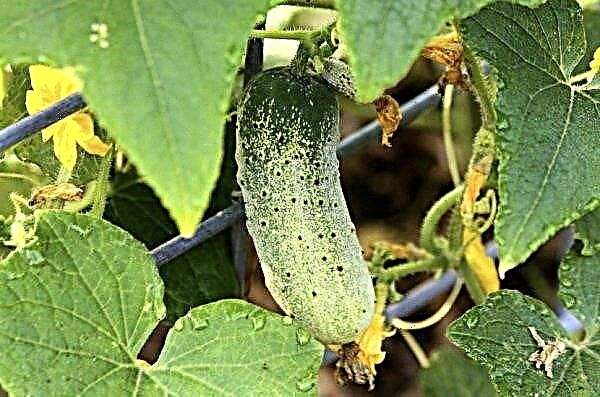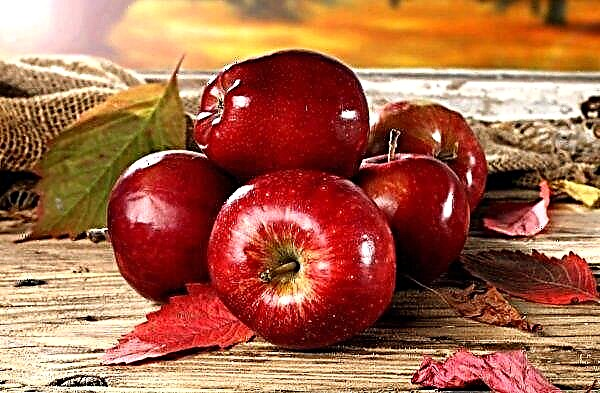Siberian cedar is rarely grown in private gardens, but some gardeners like different types of this tree much more than decorative spruce, pine or thuja. If a seedling is used in landscape design, in the future it will definitely need not only sanitary, but also forming pruning, providing a high decorative culture. What you should know about carrying out this procedure, how appropriate it will be when growing cedar and what features of a haircut the gardener should pay attention to first of all - read on.
Is it possible to cut cedar
Cedar shoots are very sensitive to any mechanical damage, which is why many experienced gardeners do not recommend cutting the plant at all. However, there is no definitive ban on performing this procedure, therefore, if for greater decorativeness it is necessary to remove individual branches or limit the height of the cedar tree in height, you can take on the pruning shears.
Did you know? Cedar is one of the few plants that can independently regulate the movement of juices in tissues and other biological processes, depending on external factors. Such abilities of the tree gave people in ancient times a reason to believe that he has a soul.
Of course, in order not to disrupt the development of the cedar and not provoke the incorrect development of its branches, all actions should be performed as carefully as possible, avoiding the removal of large branches (the places of their slices can turn into huge, poorly healing wounds over time). It is also worth considering that with a small number of shoots on young plants, each instance will be valuable, so instead of deleting the incorrectly growing shoot, it makes sense to just fasten it with wire in the right direction and allow it to continue growing.

When to start shaping
In the first five years of growing cedar, pruning is best avoided, and for older plants, it is advisable to plan this procedure in early spring. You can completely refuse to cut if only after planting a two- or three-year-old seedling on a plot in the first 3–5 years of its cultivation, regularly break off the side buds on an axial shoot. As a result, all nutrients will enter the same central bud of the axial shoot, the growth of which in one season will increase by 2–2.5 times, and the need for trimming the lateral branches will no longer be necessary in the future.
Break out the side buds or remove branches growing to the side in order to form the crown of the plant, preferably in the autumn-winter period, before the onset of vegetative processes in the tissues. The dark green color of the needles and the increase in the axial shoot in the first years of cultivation within 5–10 cm per year will testify to the well-being of the tree and its active adaptation in the new place.
Video: Cedar Crown Formation
Why do I need a haircut
As with growing any other tree species, broken, improperly growing, or afflicted with diseases and pests branches can appear on the cedar, which must be removed during regular sanitary pruning (carried out annually, in early spring). In addition, such a haircut is also relevant for giving the crown of the plant the desired decorative shape, in accordance with the general requirements of the landscape design of a particular territory.
The most effective and popular option for the formation of cedar will be to create a low-hairy, spreading and multi-peaked crown in it, which is due to the laying of female flower buds mainly in the upper peripheral part of the cedar.
Important! To sick and weak plants, any pruning is contraindicated, as it can lead to their death.
How to properly shape and trim
The nuances of the cedar pruning procedure depend on the type of haircut being performed. For example, you can only limit the growth of branches in width or height, carry out a shallow pruning, or remove dead and damaged areas, redirecting nutrients to the developing parts of the tree. In order not to be mistaken in the actions taken, it is worth learning more about each possible option for cutting cedar.

Removing the lower branches
Uncircled cedars look majestic and powerful, thanks in large part to the dense lower branches. However, when they grow in a small area, this can create an obstacle for people to move along the garden path or limit the access of vehicles, which is why gardeners have to remove individual shoots of the plant.
It is best to start removing unnecessary branches from the very bottom, pulling each one slightly before cutting. Large branches are cut in several steps, removing in five years no more than one whorl. Within 10-15 years, the lower branches should be cut to a height of 2-2.5 m from the soil surface, which is most conveniently performed with a sharp secateurs. Places of cuts must be treated with garden varieties, which will prevent infections and pathogens from entering the deep layers of the plant.

Is it possible to make cedar low
Pinching the cedar to limit its height is possible, and involves the removal of a growth point on the central shoot, which as a result will stimulate the growth of side branches. However, such a method of forming a crown is not relevant in all cases, because for an ill or recently transplanted to a plant site, such actions often cause developmental disruption or even death.
If necessary, you can pinch and side shoots, be sure to control the length of the remaining part. At the end of each cut branch, at least 1-2 short green branches should remain.Important! Before each new cut, the saw blade is preferably treated with any disinfectant available. In extreme cases, you can perform a similar treatment between cutting different trees.
Shallow pruning
Shallow pruning of cedar provides for cutting its shoots no more than the length of the outer green branches. If you cut further, the plant will need much more time to recover. The dense arrangement of branches creates a "dead zone" near the trunk, where the buds simply die and can not contribute to the emergence of new shoots for further growth of the tree. This means that any deep cutting of an adult plant should be carried out with caution, and it is advisable to perform the forming procedure only while the plant is young and all its shoots have many healthy buds.
Video: pruning conifers
Trimming for structure
Preservation of the natural structure of different types of cedar in many cases allows you to maintain a beautiful and solid form of the plant, which ensures high decorativeness of the site. First of all, this concerns Lebanese and satin cedars, which in the natural environment of growth have the form of a soft pyramid, with one central shoot-leader.
If for some reason in the process of growing the plant two such conductors have formed, the weaker one needs to be removed by performing a cut at the point of its exit from the trunk. After the procedure, it is not necessary to use special wound balms or sealants, the tree itself must heal itself.
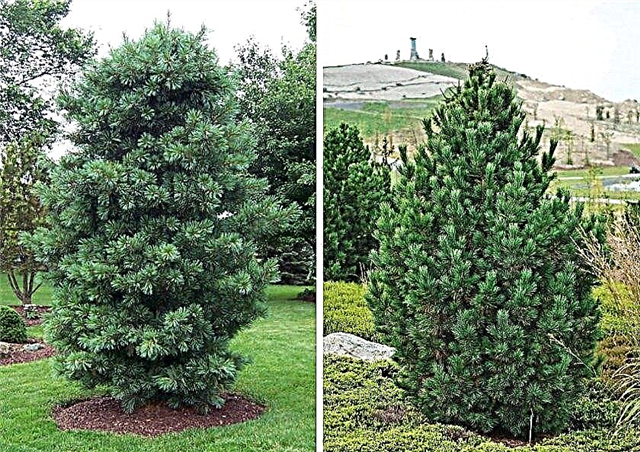
Trimming dead or damaged areas
Removing dead or diseased shoots from a plant is called “sanitary pruning” and can be performed annually, preferably in early spring or when preparing cedar for wintering. Regardless of the season, action should only be taken on a clear and dry day, since with a high level of humidity on the street, the probability of infection of the plant with fungal ailments increases.
If we are talking about the removal of diseased and pest-damaged branches, the cut material must be burned immediately, preventing the spread of the problem. Of course, as with other types of trimming, the cutting tool must be well disinfected.Did you know? There are records of cedars in many historical sources. This tree is even mentioned in the Bible as a material for making Noah's ark.
The frequency of the procedure
To form a crown of a cedar, it is enough to shorten the lower and lateral branches several years in a row, once pinching the central shoot to limit the height of the tree. Sanitary pruning of cedar will require much more, because in the process of growth and development of the plant weak, damaged by diseases and broken branches periodically appear, which have to be cut almost every year.
 The best time to complete the procedure is the beginning of spring, when there is still no active sap flow in the tree shoots after winter dormancy.
The best time to complete the procedure is the beginning of spring, when there is still no active sap flow in the tree shoots after winter dormancy.
Cedar pruning is an optional, but often useful procedure when growing this tree, especially if the plant is cultivated for decorative purposes. By properly preparing to perform the described actions, you will not harm him, and the garden in the country will receive a magnificent addition.

